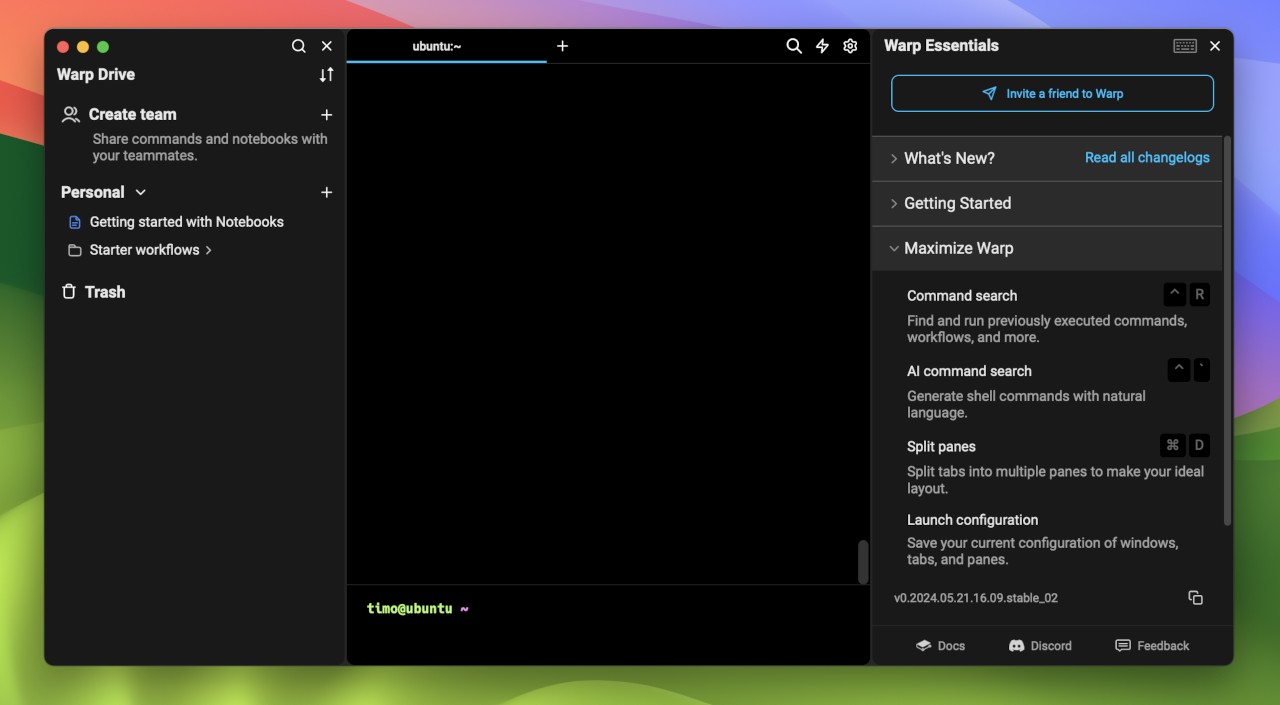Tag: terminal
-
📊 Diagnosing Java Applications: Creating and Analyzing Thread & Heap Dumps
When your Java application starts misbehaving – hanging, crashing, or consuming too much memory – thread and heap dumps are your go-to tools for root cause analysis. This post walks through how to create these dumps using the jstack, jmap, and jcmd tools, and suggests utilities for analyzing them effectively. Use jps to identify the…
-
Mask private SSH key in GitLab CI/CD
When using Ansible for automating deployment from a GitLab CI/CD pipeline, you must provide a private SSH key via a GitLab CI/CD variable. GitLab CI/CD variables can be setup to be masked which prevents them from appearing in log files. Furthermore, they can be configured to be hidden so you have no way of accessing…
-
Install Java using Homebrew and jEnv on MacOS
Sometimes it’s desirable to use different Java versions. Here’s one way how to do it on a Mac. Prerequisites If you haven’t already, install Homebrew as a first step. Now, that Homebrew is installed, install jEnv, next. It’ll enable you to manage multiple Java installations and to switch easily amongst them. Follow the steps listed…
-
Upgrading from RSA to ED25519
Add a new pair of Ed25519 keys and use them to conveniently ssh into remote servers.
-
How to set the timezone in Ubuntu
You may list all available timezones via the following command: To update the timezone of your machine use After this the current settings can be inspected like so: Have a look at https://www.digitalocean.com/community/tutorials/how-to-set-up-time-synchronization-on-ubuntu-20-04 for a more detailled explanation.
-
Adding an administrative account in Ubuntu
If, for some reason, no default administrative user was created during the server installation process, the first thing I do is to create a personal user and deactivate the root user, if necessary. Usually, a pristine Ubuntu installation comes with a default user that was added to the group of sudoers. However, when acquring a…
-

Warp: The terminal I didn’t know I needed
Quick reminder to myself to never use another terminal other than Warp again. Check it out here.